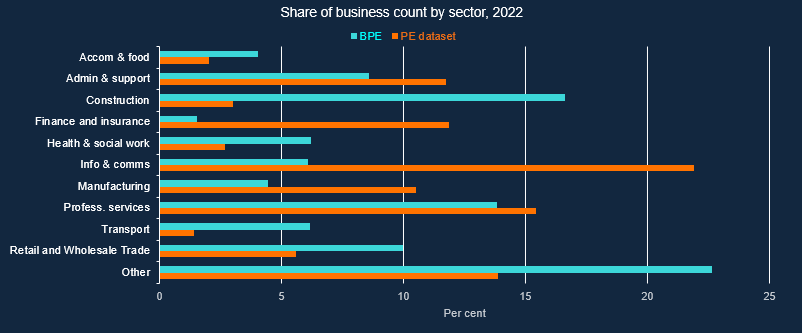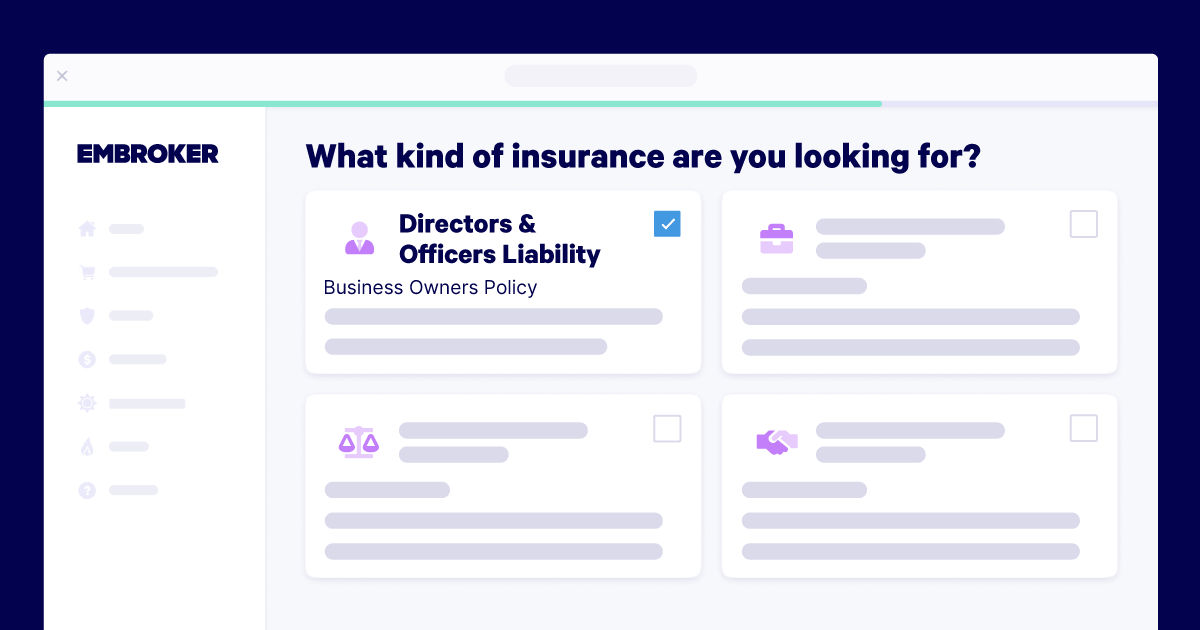Well, it’s been over a week since the Fed cut rates and mortgage rates went up.
While this may have come as a surprise to some, seasoned mortgage industry peeps didn’t bat an eye.
It’s pretty common for the Fed to do one thing and mortgage rates to do another.
Without getting too convoluted, the Fed adjusts short-term rates while mortgages are long-term rates, aka the 30-year fixed.
In other words, the cut (and future cuts too) were already priced in to mortgage rates. So much so that they actually increased over the past week in a sort of “sell the news” correction.
Are Mortgage Rates Still Dropping?
Fitch Ratings recently came out and said the 50-basis point Fed rate cut was already priced in to both the 10-year Treasury yield and 30-year fixed mortgage rates.
In addition, they argued that the 10-year yield, which tracks mortgage rates historically, has “less room to decline” because of that.
It basically already came down in anticipation and might be difficult to drop much lower. In fact, we’ve seen it rise since the Fed cut last week.
The 10-year yield was as low as 3.61% and now sits around 3.77%, putting some mild upward pressure on mortgage rates since then.
Rates actually looked destined for the high-5% range before pulling back and inching their way back toward 6.25%.
And with little economic data out this week, there’s been no reason for them to rally.
But next week we get the employment report, which could help rates resume their downward path if it comes in soft.
Maybe Low 5% Mortgage Rates By 2026
If the 10-year yield isn’t expected to get much better from here, mortgage rates will only be able to move lower with better spreads.
Currently, mortgage spreads are wide because of high prepayment risk, volatility, and general uncertainty.
Investors demand a premium to buy mortgage-backed securities (MBS) versus government bonds and recently they’ve asked for a lot more than usual.
Fitch puts the typical spread at about 1.80%, while I’ve long said it’s about 170 basis points. Either way, it’s markedly higher today.
It was nearly 300 bps at its worst in 2022. It has since shrunk to about 240 basis points, meaning it’s about halfway back to normal.
So if bond yields do indeed stay sticky where they’re at, you’ll need some spread normalization to get mortgage rates to move lower.
It’s certainly possible, and as I wrote a couple weeks ago, could result in mortgage rates falling about .50% from current levels.
That would put the 30-year fixed in the high-5% range, and even lower if a borrower is willing to pay discount points.
Mortgage Rates Unlikely to Fall Below 5% Before 2027
The rating agency also proclaimed that mortgage rates are unlikely to fall below the big 5% threshold before the year 2027.
That means at least another two years of “high rates” before mortgage rates are no longer a concern.
Again, that’s because the 10-year yield is expected to stay mostly level and only drop to around 3.50% by the end of 2026.
If the spreads are back to mostly normal by then, you can do the math and come up with a rate of around 5.30% (3.5+1.8).
Of course, this is all just a forecast and many of these forecasts have been wrong in the past. In fact, they’re rarely right. Most were wrong on the way down to 3% and the way up to 8%!
So who is to say they’ll be right this time around either?
I’m a bit more optimistic on mortgage rates because I think there are a lot of Fed rate cuts projected over the next 12 months, which haven’t all been baked in.
Similar to the ride up for mortgage rates, from sub-3% to 8%, the market was caught off-guard. This could happen on the way down too.
I can envision a 10-year yield dropping to the lower 3% range next year, when combined with some spread compression puts the 30-year fixed in the mid-5% range potentially.
And once you factor in points, lots of rate quotes in the high 4% range. For most home buyers, that would be acceptable.
But I’ve long argued rates are no longer the main sticking point. We’ve got home prices that are perhaps too expensive in many markets, along with sticker shock on insurance, taxes, and everyday goods.
Without a little home price easing, it’ll still be a tough sell for those looking to buy into the market, especially if the wider economy deteriorates.
Publisher: Source link











